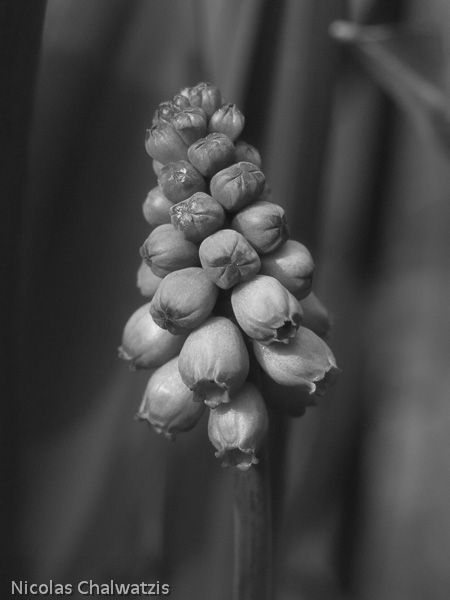I will keep this article quite brief, because all the fundamental technical aspects of the UV-photography that I currently apply, have been established and published by others already. So I’m not going to restate the fundamentals.
Instead I’ll give you two links as starting points:
These sites are pretty comprehensive and should include links to almost everything that I have found on the web, so far. Obviously, you can also type the words “UV-photography”, “UVVIS”, “UV-flowers” or any others in a search engine and see what you get. I predict that most of the hits will bring up sites that are already listed on the resources sited above.
Currently, I use the following gear:
Camera: Panasonic Lumix G1
I had this camera modified by a professional service:
It has been equipped with the UVI filter that allows a transmission of wavelengths from 350 – 1100 nm. So, according to this specification the range from roughly 350-400 nm is available for UV-photography.
Lensens:
- EL-Nikkor 80 mm /f5.6 (enlarger lens): After I had severe trouble with a newer model, I purchased the old, all-metal version, which works fine for macro work. However, since it is an enlarger lens, it needs to be mounted on a focusing helicoid (what I did) or alternatively a bellow. Last but not least, it is challenging to find a step-ring that fits into the very unusual filter thread (34.5 mm). So you have to be a bit creative until everything fits together. My construction is only good for macro-work, since it doesn’t focus to infinity. On the other hand I have found some extension tubes on Ebay that allow a magnification of roughly 2:1. This lens is mentioned on several websites as a good UV lens.
- Novoflex Noflexar 35 mm /f 3.5: This is another frequently mentioned UV-capable lens. It can be used for macro work and focuses to infinity. I use it mainly if I want to capture landscapes or other objects that are too big for the above lens.
Filters:
- Optic Makkario IR-Neutralisationfilter NG, for photos in the visible spectrum 400-700 nm.
- Baader-U (Venus-filter) 2”, for UV-images. These days this seems to be only single filter that transmits UV-light without relevant IR contamination. It is also recommended on many websites. Personally, I started with a filter stack (UV-transmission and IR blocking) that didn’t provide really satisfying results. Only the blue-channel was quite clean.
I always mount the camera on a tripod (Gitzo-Explorer, GT2540EX) with a Markins ball-head, and I use a cable release.
Tussilago farfara, commonly known as Coltsfoot: Noflexar 35/f3.5 at f8, 4 sec. ISO 400
Since it was windy, this image suffers from some motion-blur.



.jpg)





